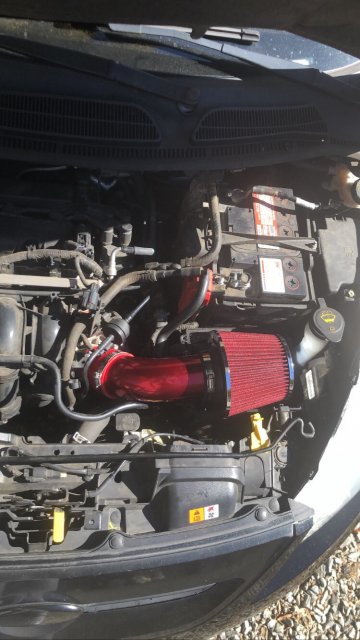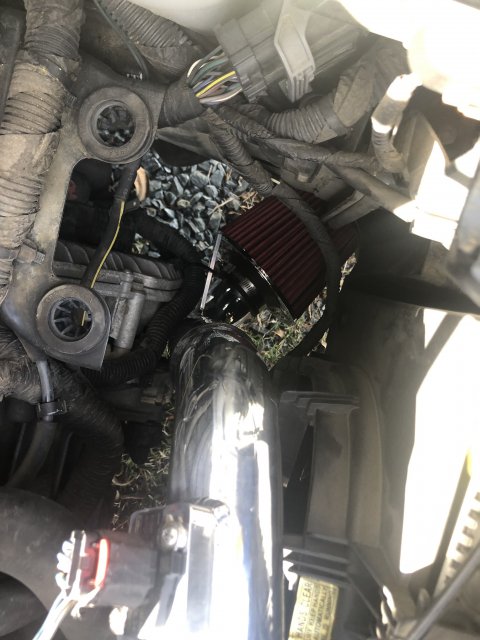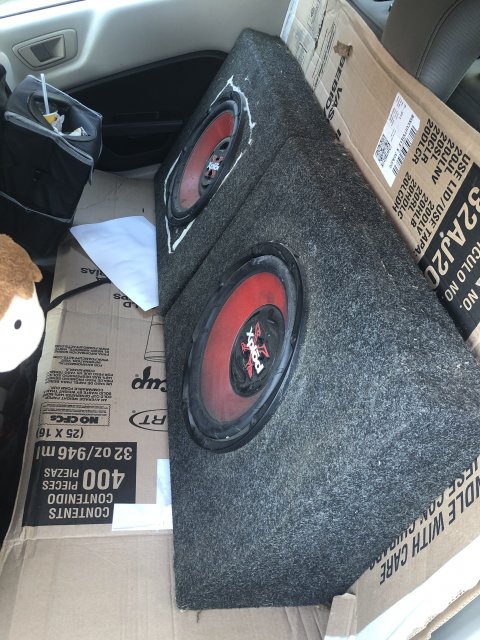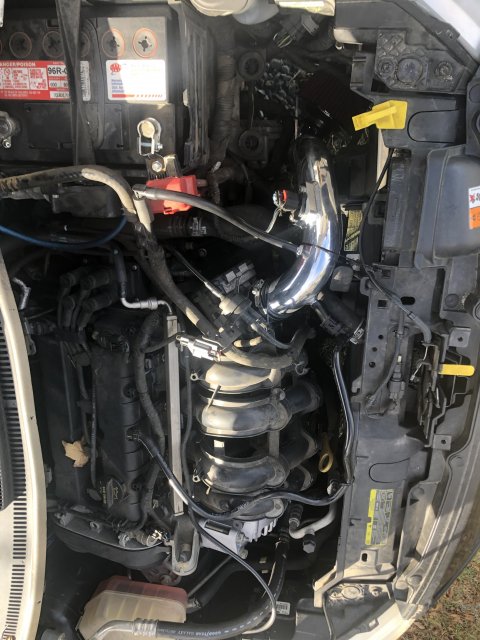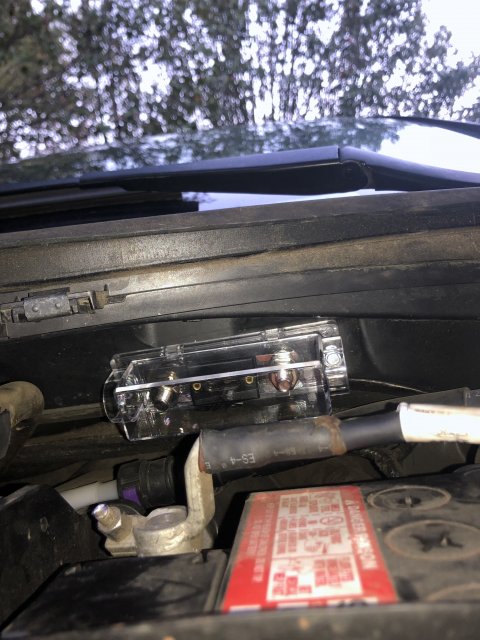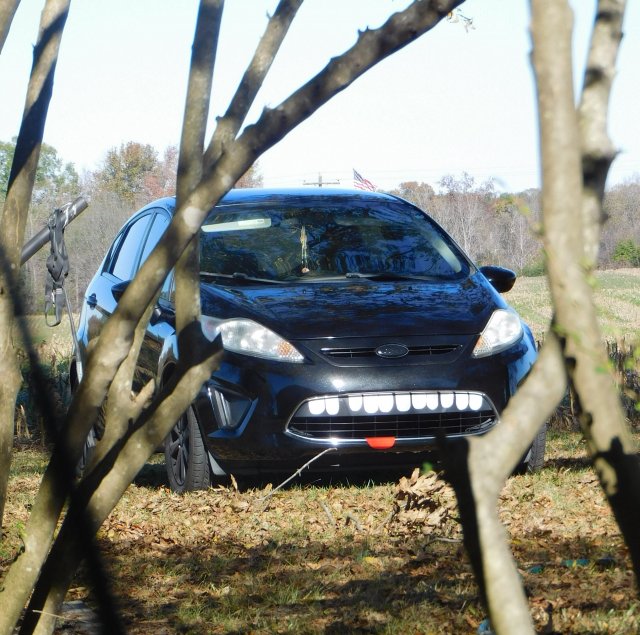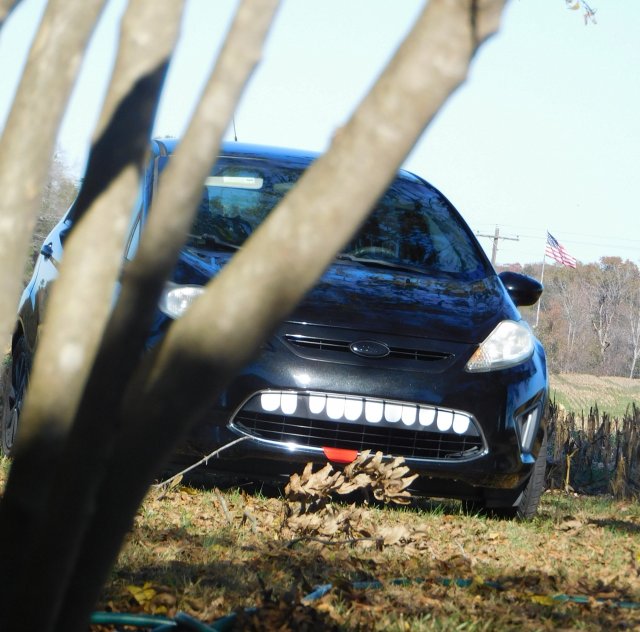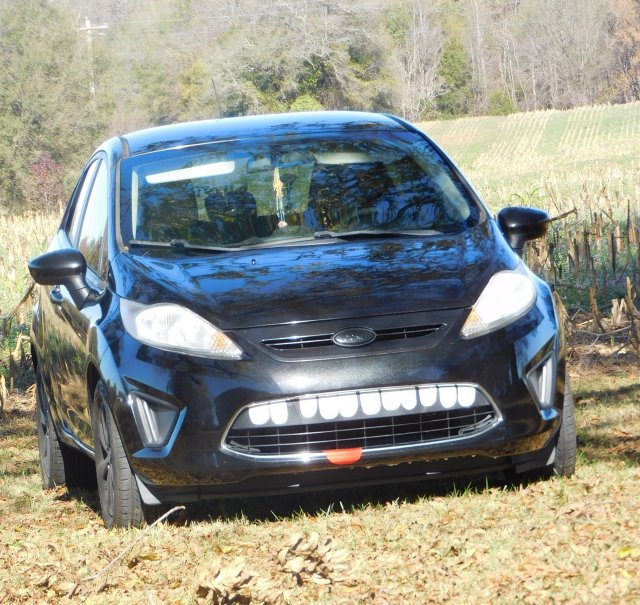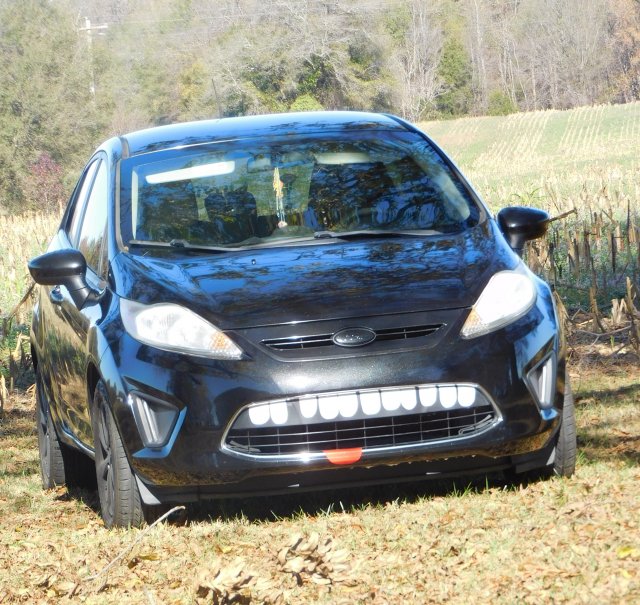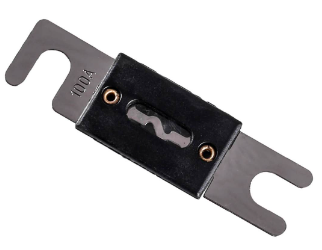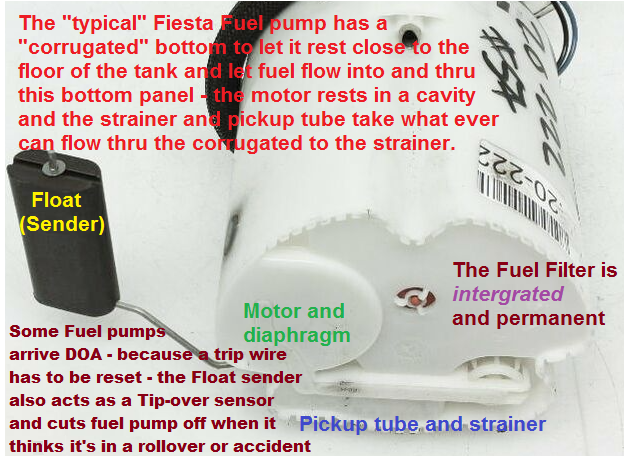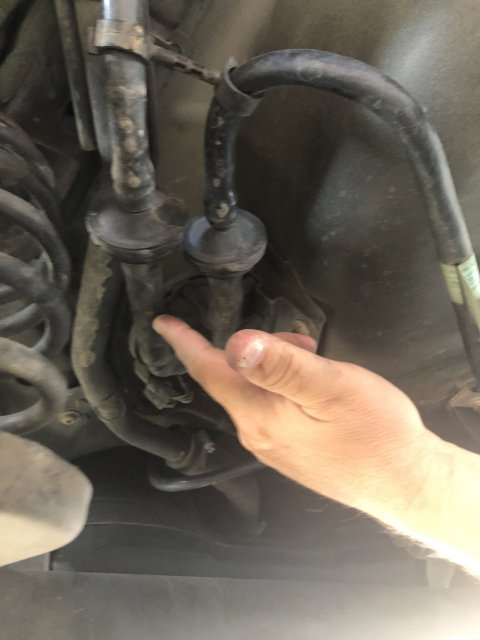(...this may be boring to some but might help those wanting to understand fuel delivery systems better so bear with the "simple redundant" approach...)
Now when I see someone is having issues about "plugged" injectors - I can't help but wonder if the problem is more of the fuel rail line---that rectangular box that feeds the injectors. At least less emphasis to the injector - which most usually blame, but what about - how the fuel gets in there to the injector in the first place?
Particles in the fuel - can get to the injectors yes, but the Fuel rail itself seems to be the one that holds that fuel pressure until it's used, so the thing is more of a reservoir of fuel than a rail - more like a bathtub, with 4 drains.
Anyone who has had to deal with sediment - knows how to remove it - you skim it off, or you let it settle.
Filters get particulate of a given micron size (Grain) but still that particulate is heavier than the fluid it's suspended in - by if only, turbulence - turbidity.
This type of thought whether it is correct or not, gives you more of the idea of how fluids and turbidity and turbulence work.
People think that injectors are high pressure nozzles - and they'd be correct.
But the fluid these nozzles project is not a high velocity fluid, just a fluid under pressure that is accelerated into a high velocity by the orifice or nozzle the fluid passes thru.
Think about that for a moment - then think about a balloon that you fill up with air, but if you don't tie it off - it releases that air back into the room and also flies around as it "deflates" - the only reason for the deflation is that the rubberized skin of the balloon is contracting and forces the volume of air from inside to escape thru the hole it came in.
Ok, when that balloon was inflated, was that air inside it accelerating anywhere? No, it was contained within the skin - it was "Static" if you moved the balloon - it air inside just moved with it - if you kept it in one place - the air didn't leave it nor was there air added - it just sat there displacing the volume of air not contained in the skin envelope.
Something happened only when you let go of the nozzle the balloon was inflated in.
Christmas is coming up - so what about those Snow Globe inflatables you see around town?
It uses "Fake snow" (Styrofoam pellets) and a fan to blow air around inside and the fan is in a spot as where the pellets fall towards the bottom, are then picked back up and blown again - around inside the snowman.
Did you ever notice how static charge and moisture can affect how much of the pellets can flow around inside that inflatable?
Now, the "reason" of this coming up is a discussion I had with a friend of GDi versus the Ti - VCTi stuff.
The Focus versus the Fiesta scenario - of which concept is better.
The Focus (to me) was more of a breakthrough for Ford to make injection into the cylinder versus back at the intake side of the valves - a successful entry - although there were others. As with any injection system - there are give and take on each side - with one being the required pressures to keep and maintain the fuel and also a way to keep the fuel from going back into the rail when the pressure of the fluid, is not enough to keep the pressure from the cylinder compression stroke.
In Throttle body side Injection, the intake manifold contains the vacuum of air waiting for use - the injector simply "sprays" a given amount of fuel in a timed pattern to the intake valve - so that when the valve opens, the spray occurs, and the air is drawn in with that spray mixing in with it. (Fuel - air charge)
Same with the GDi - only the injector is in the Cylinder - and is subject to the combustion and compression an exhaust strokes also with that intake - so when this injector works - it requires a higher pressure of fuel for that same volume - so the timing, duration and ability to withstand explosion (compression) means the technology to do this is a lot different than a typical intake injector.
Another is to keep enough fuel present so that when the demand is asked - there is enough of a pool of fluid at pressure to flow into the injector.
(Another forum has asked about High-and-Low pressure switches or sensors to handle pressure regulation - each system has its' advantages, but all require a high-pressure cutoff, and a low-pressure cut-in to make the fuel pump keep a pre-determined range of flow of fuel into the system so the vehicle can accelerate and even run.)
So, if there is enough fluid to keep pressure - the inlet pipe and the outlets to the injectors are really the only spots that are accelerating any fluid in any given direction - else the volume of fluid and the speed of flow within is pretty low in the rail itself.
So, as with the "pellets" of snow, what occurs with the fuel pump pulling fuel into and for the injectors? The only place that "collects" any real volume of fluid is the fuel rail - and all its shapes in the cavity, curves and tubes and convolutions - can make plenty of spots where dirt, sand, debris and even varnish and rust - precipitate out and just lay there, occupying space that otherwise can contain fuel or at least less dirt so it is not blocking ports where the fuel exits and accelerates thru a port to be sent into the injector.
Sometimes the dirt dislodges from its resting spot in the rail cavity - moves to the port of an injector and impedes the flow - so the injector sees less fluid - but its pressure has not changed, only now it has a constriction. So many people think this is a plugged injector - causing a misfire - but when the down and dirty diagnosis is performed, the injector is normal and not plugged.
So, what is causing this?
Time to look at the fuel rail - or at least don't overlook how this affects the fuel delivery.
Just a thought, or two...

